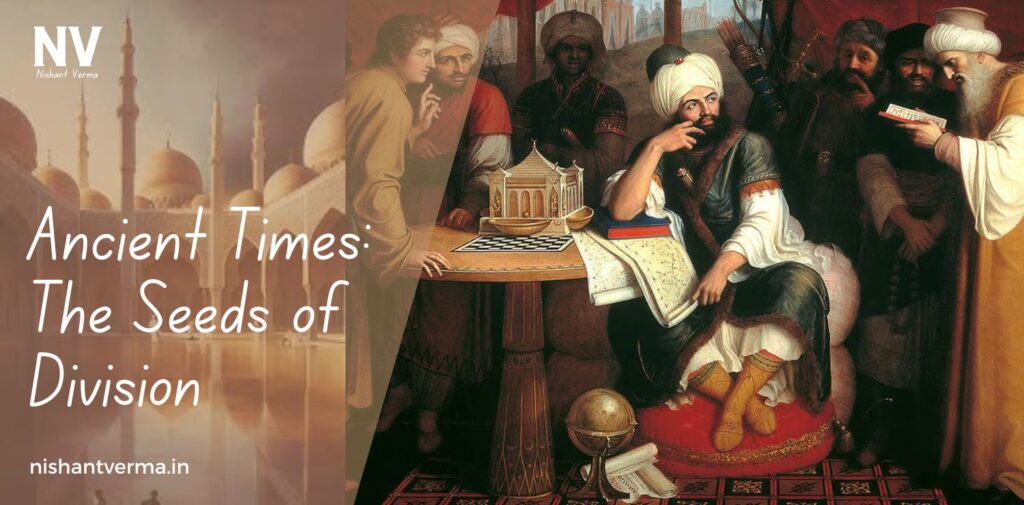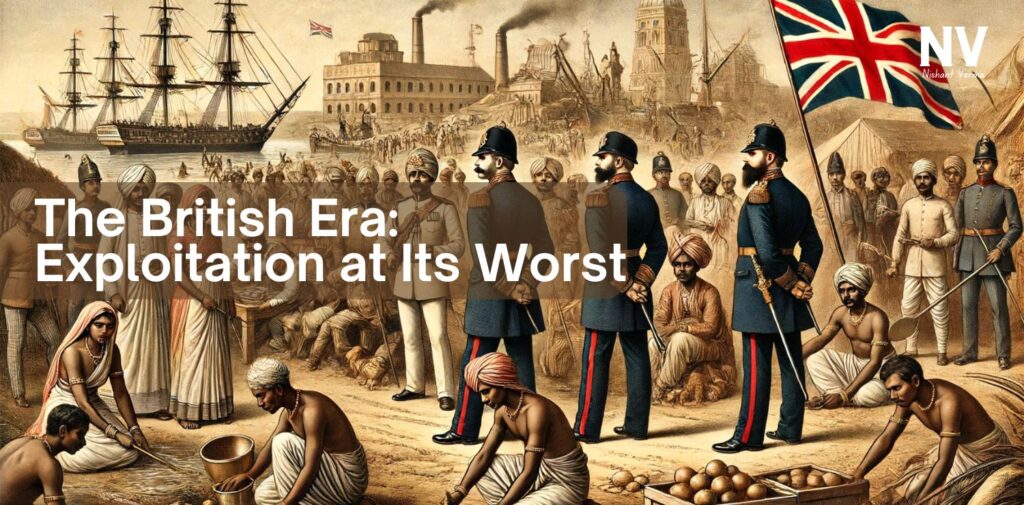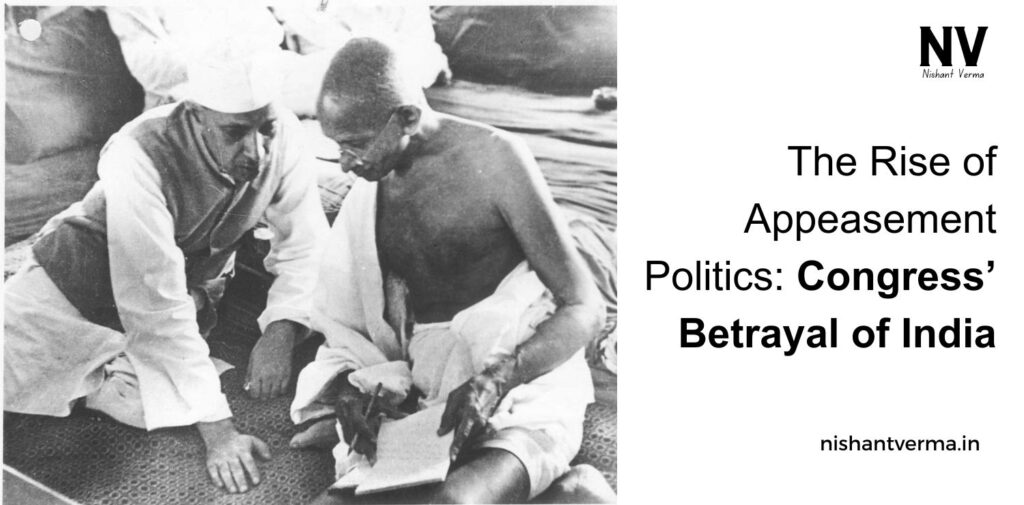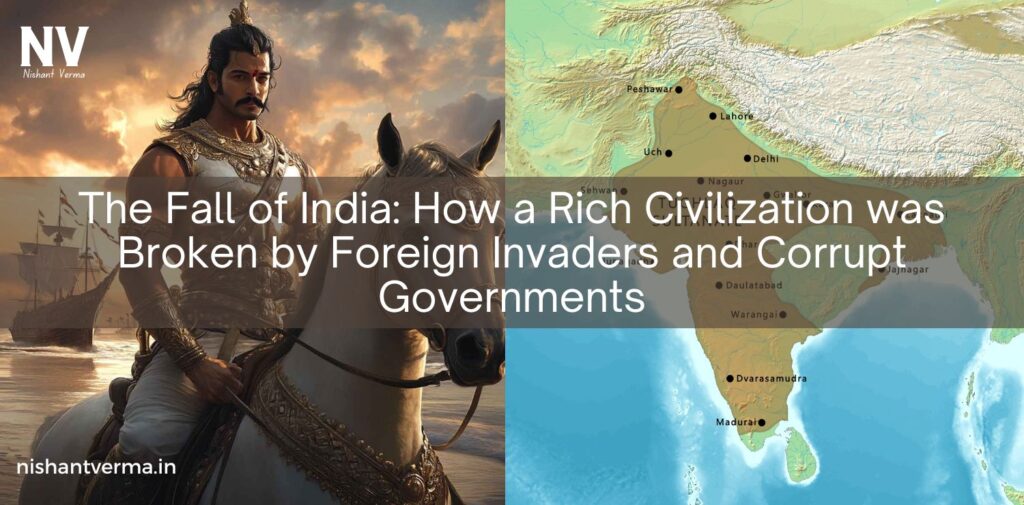India, once the land of great civilizations, was home to some of the world’s oldest and richest cultures. The country’s history, stretching back over 5,000 years, is filled with examples of wealth, prosperity, and immense knowledge. Yet, despite all this glory, India has experienced countless defeats, foreign invasions, and internal destruction, leading to the loss of its true cultural identity. From ancient times when foreign rulers plundered India’s wealth, to modern-day betrayals by corrupt governments like the Congress party, this article explores how India was systematically broken down, with a special focus on the Congress party’s policies and their appeasement of certain communities that further weakened the country.
Ancient Times: The Seeds of Division
India’s downfall can be traced back to ancient times when disunity among its rulers left the land vulnerable to attacks. Despite being a land of immense resources, the constant internal strife and lack of a united front were significant reasons for foreign invasions.
- The Invasion of Alexander the Great (326 BC): One of the first foreign powers to invade India was Alexander the Great. His invasion was successful not because of his army’s strength alone, but due to the lack of unity among Indian rulers. Alexander defeated the famous king Porus, and although he eventually left India, the invasion opened the door for future attacks.
- The Mauryan Empire’s Fall (232 BC): The Mauryan Empire, under Emperor Ashoka, was once a symbol of Indian power. Ashoka’s shift toward Buddhism, while personally meaningful, led to internal weakness as the empire began focusing less on defense and more on spreading religious teachings. After Ashoka’s death, the empire quickly fell apart, leaving northern India vulnerable to new invasions.

The Middle Ages: The Muslim Invasions Begin
India’s second wave of destruction came during the Middle Ages when Muslim invaders from the Middle East and Central Asia started entering the country. They looted, destroyed temples, and forced religious conversions, severely damaging India’s cultural heritage.
- The Ghazni and Ghurid Invasions (11th-12th Century): Mahmud of Ghazni’s repeated raids into India from 1000 AD to 1025 AD resulted in the looting of vast treasures and the destruction of many ancient temples, including the famous Somnath Temple. This set the stage for the Ghurid invasions, which further weakened northern India and led to the establishment of the Delhi Sultanate.
- The Mughal Rule (1526-1857): Although some Mughal rulers, like Akbar, are hailed for their policies of religious tolerance, the Mughal rule saw massive destruction of Indian temples, forced conversions, and the imposition of foreign customs. The looting of Indian wealth by rulers like Aurangzeb was particularly severe. Aurangzeb destroyed countless temples and reintroduced taxes on non-Muslims, further alienating the Hindu majority and solidifying the divide between communities.
The British Era: Exploitation at Its Worst
While India was suffering from internal divisions, the arrival of European colonizers brought a new level of exploitation.
- The East India Company (1600-1858): The British East India Company didn’t just come to trade; they came to rule and plunder. Through cunning political manipulation, they took control of vast territories. The Indian economy, which once contributed nearly 23% of the world’s GDP, was systematically destroyed under British rule. India was reduced to being a supplier of raw materials, and its own industries, like textiles, were crippled.
- The British Raj (1858-1947): After the revolt of 1857, the British Crown took over India directly. The British Raj continued to exploit India, leading to famines, economic devastation, and the destruction of India’s indigenous knowledge systems. India’s cultural heritage was ignored, and Western education was imposed, leading to a gradual erosion of Indian identity.

Post-Independence: The Era of Corruption and Betrayal
If India’s ancient defeats were due to external invaders, the real destruction of modern India came from within, especially under the Congress party. While India finally gained independence in 1947, the legacy of division, appeasement, and corruption set by Congress is perhaps the biggest reason for India’s continued struggles.
- The Partition of India (1947): The Congress party, under leaders like Jawaharlal Nehru and Mohandas Gandhi, failed to prevent the partition of India, leading to one of the largest and bloodiest migrations in history. Millions of Hindus and Muslims were displaced, and the seeds of communal tension were deeply planted. Nehru’s insistence on appeasing certain communities and sidelining Hindu culture led to an atmosphere where India’s majority felt alienated.
- The Nehruvian Legacy: Ignoring Hindu Heritage: Jawaharlal Nehru’s vision for a “secular” India wasn’t truly secular. While trying to appease minorities, particularly Muslims, he ignored the rich heritage of Hinduism. This created an atmosphere where India’s majority religion was sidelined in its own land. Temples were neglected, ancient traditions were ignored, and the glorious contributions of Hindu culture were downplayed.
The Rise of Appeasement Politics: Congress’ Betrayal of India
The Congress party’s policies have continuously favored minority appeasement over national unity. This has further eroded the cultural identity of India and created divisions that still plague the country.
- The Shah Bano Case (1985): One of the most glaring examples of Congress’ appeasement politics was the Shah Bano case. When the Supreme Court granted a Muslim woman alimony in a divorce case, the Muslim community protested. Instead of upholding the law, the Congress government under Rajiv Gandhi overturned the court’s judgment to appease Muslim clerics. This signaled that the Congress party valued vote-bank politics over justice and fairness.
- Ram Mandir-Babri Masjid Controversy: The Congress party’s role in the Ram Mandir-Babri Masjid controversy is another example of how it weakened India. By dragging its feet on resolving the issue and playing both sides, the Congress allowed communal tensions to fester for decades. Only when the Supreme Court intervened did the issue finally move towards resolution.
- Corruption Under Congress: From the Bofors scandal to the 2G scam, Congress’ rule has been riddled with corruption. This has not only weakened India’s economic growth but also its global standing. The culture of bribery and inefficiency took deep root during Congress’ reign, allowing foreign companies and governments to exploit India further.

Conclusion: The Way Forward for India and Rich Civilization
India’s downfall throughout history can be traced to a combination of foreign invasions, internal disunity, and, in modern times, the betrayal of its own governments—especially the Congress party. For far too long, India’s culture and heritage were sidelined in favor of appeasing certain groups for political gains. This not only weakened India’s identity but also left it vulnerable to division and exploitation.
But the spirit of India, its ancient civilization, and its people cannot be broken. Today, India is slowly reawakening to its cultural heritage, shedding the legacy of appeasement, and moving towards a more united, stronger future. The time has come to reject the divisive politics of the past and embrace a future where India’s rich history, culture, and identity are celebrated, not sidelined. Only then can India truly reclaim its place as a global leader.




